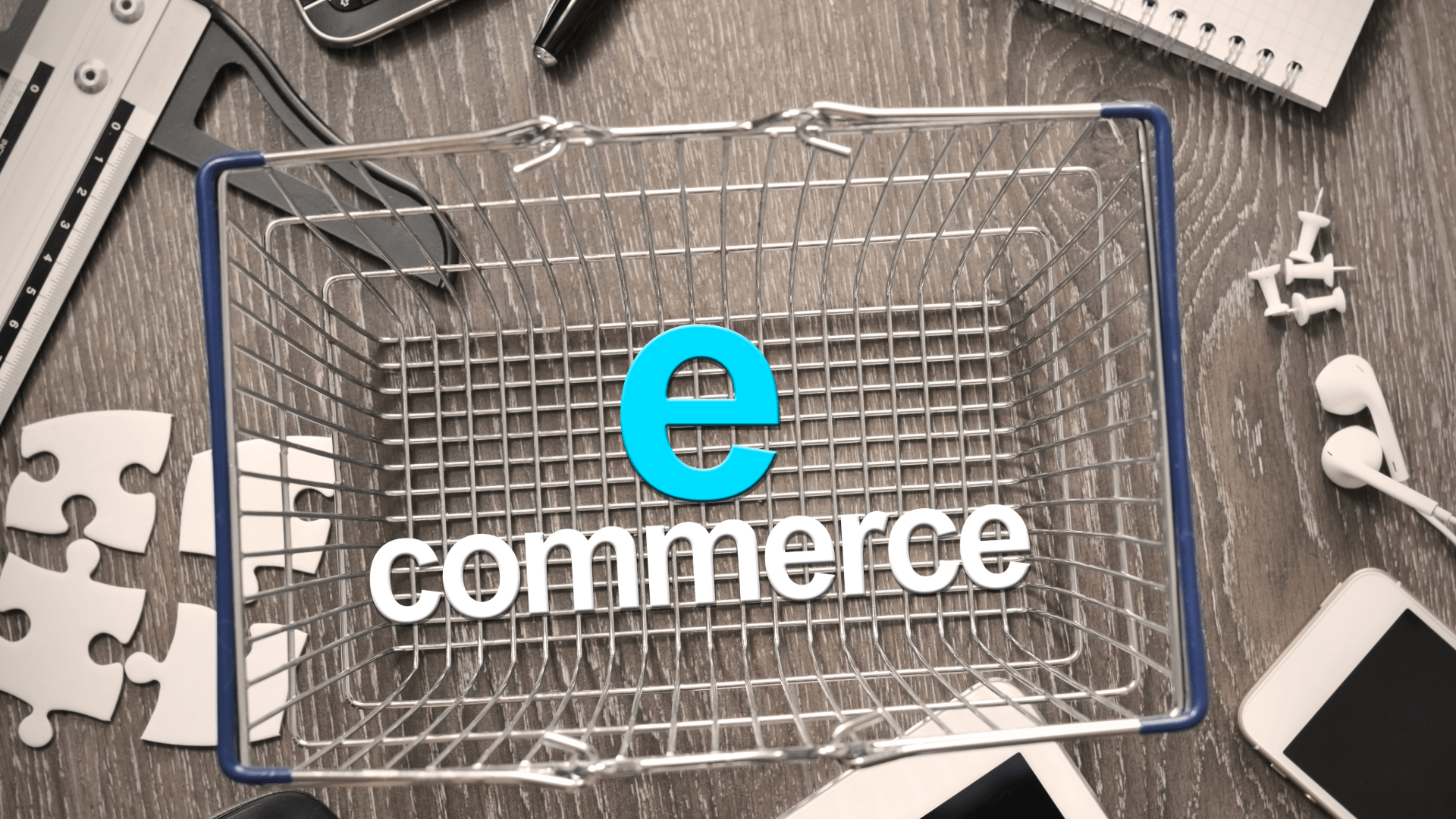
Running an excommerce business involves a series of interconnected processes that encompass everything from startup of an online store to marketing, sales, order fulfilment, customer service, and ongoing optimization. We’ll go into detail on the management and process of ecommerce business startup here, covering every phase from the beginning to the end.
Market Research and Planning

Before diving into the ecommerce world, it’s crucial to conduct thorough market research and create a solid business plan. Here are the key steps:
1. Identify Niche and Target Audience:
Determine the niche market you want to target and understand your ideal customer profile, including demographics, preferences, and pain points.
2. Competitor Analysis:
Research competitors in your niche to understand their offerings, pricing strategies, marketing tactics, and customer feedback. Identify gaps and opportunities for differentiation.
3. Product Selection:
Choose products to sell based on market demand, profitability, competition, and your expertise. Consider factors like product quality, uniqueness, pricing, and supplier relationships.
4. Business Model and Revenue Strategy:
Decide on your business model (e.g., drop shipping, wholesale, private label) and revenue streams (e.g., product sales, subscriptions, affiliate marketing, advertising).
5. Financial Planning:
Develop a financial plan outlining start-up costs, operating expenses, revenue projections, profit margins, funding sources, and break-even analysis.
Process of Setting Up the Ecommerce Business Startup

Once you have a clear plan in place, it’s time to set up your online store. Here are the key steps involved:
1. Choose Ecommerce Platform:
Select an ecommerce platform that aligns with your business needs, budget, technical skills, and scalability. Popular platforms include Shopify, WooCommerce, Magento, BigCommerce, and Squarespace.
2. Domain Name and Hosting:
Register a domain name that reflects your brand and choose a reliable web hosting provider for your ecommerce website.
3. Design and Customization:
Customize your website design, layout, colors, fonts, images, and branding elements to create a visually appealing and user-friendly online store. Use responsive design for mobile compatibility.
4. Product Listings:
Create compelling product listings with high-quality photos, detailed descriptions, pricing, variations, SKU numbers, inventory levels, and shipping information.
5. Payment Gateway Integration:
Set up secure payment gateways to accept online payments from customers. Options include PayPal, Stripe, Square, Authorize.Net, and payment processors supported by your ecommerce platform.
6. Shipping and Fulfilment:
Define shipping methods, rates, carriers, and fulfilment options for order processing, packaging, and delivery. Consider offering free shipping, expedited shipping, tracking, and international shipping for customer convenience.
7. Security and Compliance:
Ensure website security with SSL certificates, PCI compliance for payment processing, GDPR compliance for data protection, and legal policies (e.g., terms of service, privacy policy, refund policy).
Marketing and Customer Acquisition

Once your ecommerce store is live, it’s time to attract customers and drive traffic to your website. Here are the key marketing strategies and tactics:
1. Search Engine Optimization (SEO):
Optimize your website for search engines by using relevant keywords, meta tags, title tags, alt text, backlinks, and content that attracts organic traffic.
2. Content Marketing:
Create valuable content such as blog posts, product guides, tutorials, videos, infographics, and user-generated content to engage your audience, demonstrate expertise, and drive traffic.
3. Social Media Marketing:
Leverage social media platforms (e.g., Facebook, Instagram, Twitter, LinkedIn, Pinterest) to promote your products, engage with followers, run ads, and build brand awareness.
4. Email Marketing:
Build an email list of subscribers and customers to send newsletters, promotional offers, product updates, personalized recommendations, and abandoned cart reminders.
5. Paid Advertising:
Invest in pay-per-click (PPC) advertising campaigns on search engines (Google Ads, Bing Ads) and social media platforms (Facebook Ads, Instagram Ads) to target specific audiences, drive traffic, and increase conversions.
6. Influencer Marketing:
Collaborate with influencers, bloggers, YouTubers, and industry experts to reach a wider audience, gain credibility, and generate buzz around your products.
7. Affiliate Marketing:
Partner with affiliates, influencers, and publishers to promote your products and earn commissions on sales generated through their referral links.
Sales and Conversion Optimization

Once visitors land on your website, the focus shifts to converting them into paying customers. Here are key strategies for optimizing sales and conversions:
1. User Experience (UX) Design:
Enhance user experience with intuitive navigation, clear calls-to-action (CTAs), fast loading times, mobile optimization, simplified checkout process, and guest checkout options.
2. Conversion Rate Optimization (CRO):
Test and optimize website elements such as product pages, pricing, CTAs, forms, images, reviews, trust signals, and checkout flow to improve conversion rates.
3. Upselling and Cross-Selling:
Implement upselling and cross-selling strategies to encourage customers to purchase related or complementary products, bundle offers, and premium upgrades.
4. Customer Reviews and Testimonials:
Showcase customer reviews, testimonials, ratings, and social proof to build trust, credibility, and confidence in your products and brand.
5. Abandoned Cart Recovery:
Use automated emails and retargeting ads to recover abandoned carts, remind customers of their incomplete purchases, and offer incentives to complete the checkout process.
6. Personalization and Recommendations:
Use data analytics, customer segmentation, and AI-powered algorithms to personalize product recommendations, offers, discounts, and marketing messages based on user behaviour and preferences.
Order Fulfilment and Customer Service in Process of Ecommerce Business Startup

After customers place orders, the focus shifts to order fulfilment, shipping, delivery, and providing excellent customer service. Here are key steps in this phase:
1. Inventory Management:
Manage inventory levels, stock availability, product variants, SKUs, barcodes, and replenishment to ensure timely order fulfilment and prevent stockouts.
2. Order Processing:
Process orders efficiently, verify payment transactions, update order status, generate invoices, and send order confirmations to customers.
3. Packaging and Shipping:
Pack orders securely, label packages with shipping information, choose appropriate shipping methods and carriers, calculate shipping costs, and provide tracking details to customers.
4. Delivery and Logistics:
Coordinate with shipping partners for timely delivery, track shipments in transit, handle returns and exchanges, resolve delivery issues, and provide updates to customers.
5. Customer Support:
Offer responsive customer support through multiple channels (e.g., live chat, email, phone, social media) to address inquiries, resolve complaints, provide product assistance, and ensure a positive shopping experience.
6. Returns and Refunds:
Establish a clear returns policy, process returns and refunds promptly, communicate return instructions to customers, and handle product exchanges or replacements as needed.
Analytics, Optimization, and Growth

To sustain and grow your ecommerce business, it’s essential to track performance metrics, analyse data insights, and continuously optimize your strategies. Here are key steps in this phase:
1. Analytics and Reporting:
Use web analytics tools (e.g., Google Analytics, Shopify Analytics) to track key metrics such as website traffic, conversion rates, sales performance, customer behaviour, and marketing ROI.
2. Data Analysis:
Analyse data insights, trends, patterns, and customer feedback to identify strengths, weaknesses, opportunities, and threats. Use data-driven decision-making to optimize strategies and prioritize growth initiatives.
3. SEO and Content Optimization:
Continuously optimize SEO strategies, content marketing efforts, and digital assets to improve search engine rankings, organic traffic, and online visibility.
4. Conversion Optimization:
A/B test landing pages, CTAs, product descriptions, pricing strategies, and promotional offers to improve conversion rates and customer engagement.
5. Customer Retention and Loyalty:
Implement customer retention strategies such as loyalty programs, rewards, discounts, personalized offers, and follow-up campaigns to retain existing customers, drive repeat purchases, and build brand loyalty.
6. Scale and Expansion:
Explore opportunities for business growth, expansion into new markets, product diversification, partnerships, collaborations, and strategic investments to scale your ecommerce operations and achieve long-term success.
By following the process of ecommerce business startup and continuously adapting to market trends, customer preferences, and technological advancements, you can build a successful and sustainable ecommerce business that delivers value, generates revenue, and delights customers.




